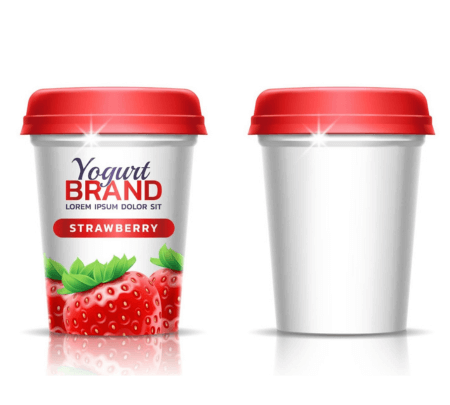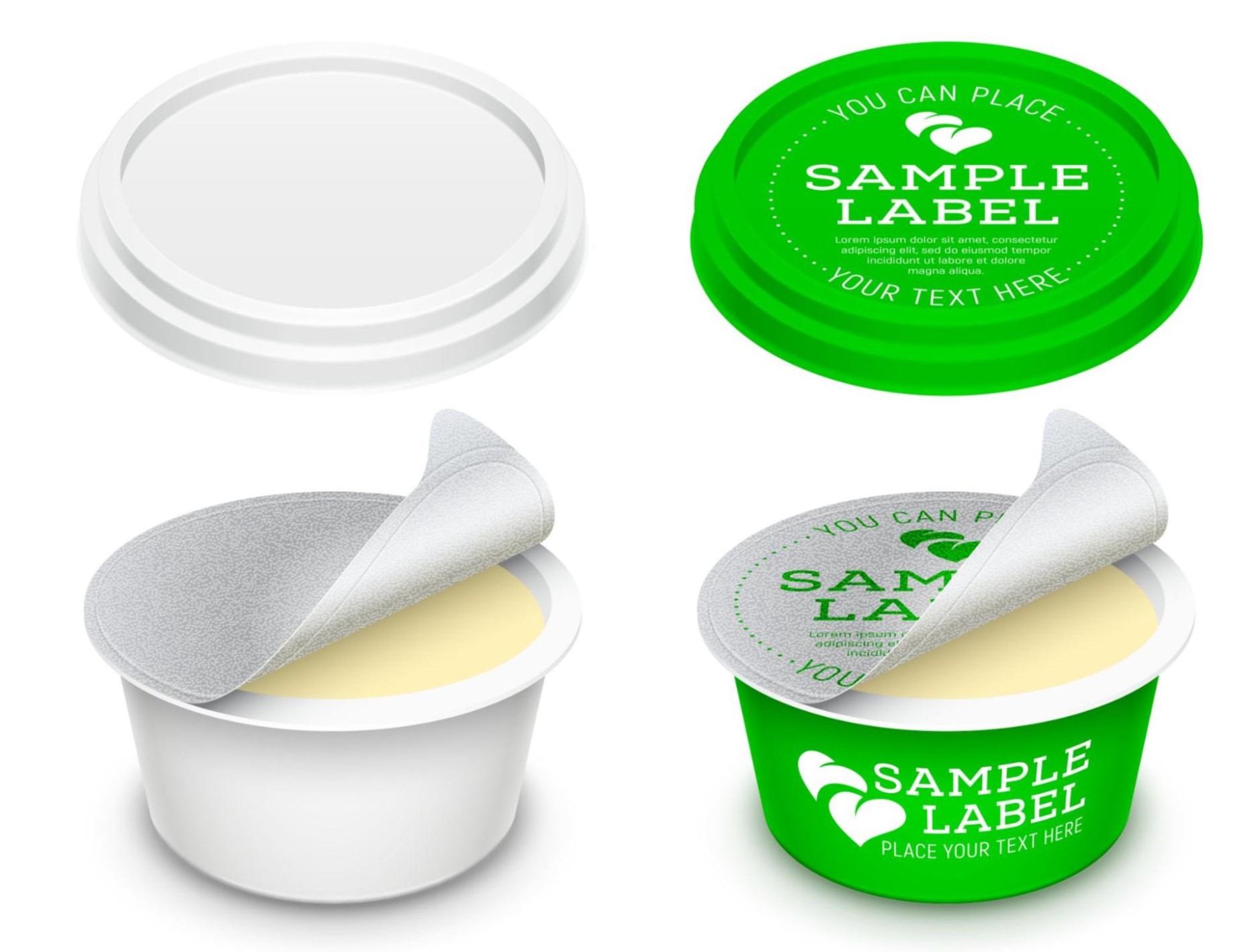In-Mold Labeling (IML) Injection Molding is a cutting-edge technology that integrates the labeling process with the plastic injection molding of a product. This method allows labels to be embedded into the product's surface during the molding process, resulting in a single, seamless finished item. The importance of IML lies in its ability to enhance product aesthetics, improve functionality, and elevate brand identity. The embedded labels provide a high-quality finish that stands out in the market, making it a popular choice for a range of industries, including food packaging, consumer goods, and automotive parts.

Key Benefits of In-Mold Labeling
IML offers several distinct advantages that make it an attractive option for manufacturers:
> Enhanced Production Efficiency:
By combining the labeling and molding processes into one step, IML eliminates the need for separate labeling or decoration phases, reducing the overall production time and labor costs. This streamlined process not only accelerates production but also minimizes the risk of label misalignment or contamination, ensuring consistent quality.
> Improved Product Durability and Resistance:
Unlike traditional labels that may peel or fade over time, IML labels are molded directly into the plastic product. This integration provides superior resistance to wear, moisture, and extreme temperatures, making the labels long-lasting and durable. As a result, IML is ideal for products that are subjected to harsh conditions, such as food containers, automotive components, and outdoor items.

> Opportunities for High-Quality, Complex Designs:
IML allows for high-resolution, multi-color, and intricate designs that are difficult to achieve with conventional labeling methods. This capability opens up a world of possibilities for branding and aesthetics, enabling companies to create visually appealing products that effectively communicate their brand message. The high-quality finish also enhances the perceived value of the product, making it more attractive to consumers.
Challenges and Solutions in IML
Despite its many benefits, implementing IML can present certain challenges. Addressing these challenges effectively is key to maximizing the efficiency and success of the process:
> Label Placement Accuracy:
One of the common challenges in IML is ensuring precise placement of the label within the mold. Misalignment can result in defects or rejected products. To overcome this, manufacturers can use advanced automation technologies and robotics to accurately position labels. High-precision sensors and vision systems can also be employed to monitor the placement and make real-time adjustments as needed.
> Compatibility of Materials:
Ensuring compatibility between the label material and the plastic substrate is crucial for achieving a strong bond and preventing delamination. Using labels made from materials that have similar melting points and adhesive properties as the molded plastic can enhance adhesion and durability. Additionally, manufacturers should work closely with label suppliers to select materials that are optimized for their specific molding conditions.
> Mold Design Considerations:
The design of the mold itself plays a critical role in the success of IML. Molds should be designed with features that facilitate label insertion and retention, such as vacuum channels or static electricity systems. Proper venting and cooling are also essential to prevent warping or distortion of the label during molding. Collaborating with experienced mold designers who understand the intricacies of IML can help in creating molds that deliver consistent, high-quality results.

Case Study on Injection IML at CLF
One of CLF customers, a housewares manufacturer, chose the CLF in-mold labeling solution. By integrating the label directly into the product's exterior, CLF was able to elevate its design and reduce production costs. Additionally, with an automated production line, they increased efficiency and lowered labor costs. CLF's 1200TPII injection molding machine has demonstrated stability and flexibility in this application.
Click here to watch the video of CLF in-mold labeling production
Revolutionizing Plastic Packaging : The Power of In-Mold Labeling
In-Mold Labeling (IML) presents a powerful solution for manufacturers looking to enhance their plastic injection molding operations. By integrating labeling into the molding process, IML boosts efficiency, improves product durability, and offers unmatched design flexibility. While there are challenges associated with IML, they can be effectively managed through the use of advanced technologies, careful material selection, and thoughtful mold design. As consumer demand for high-quality, aesthetically pleasing products continues to grow, IML provides manufacturers with a valuable tool to stay competitive and meet market expectations. Embracing IML can lead to long-term benefits, including reduced production costs, enhanced brand image, and increased customer satisfaction. www.clf.com.tw

Visit CLF at the following exhibitions:















